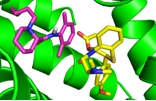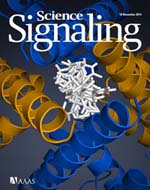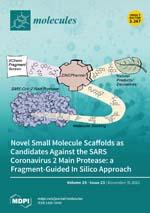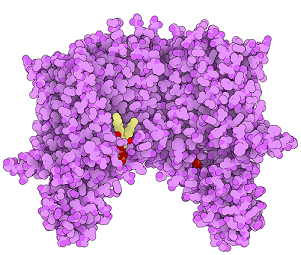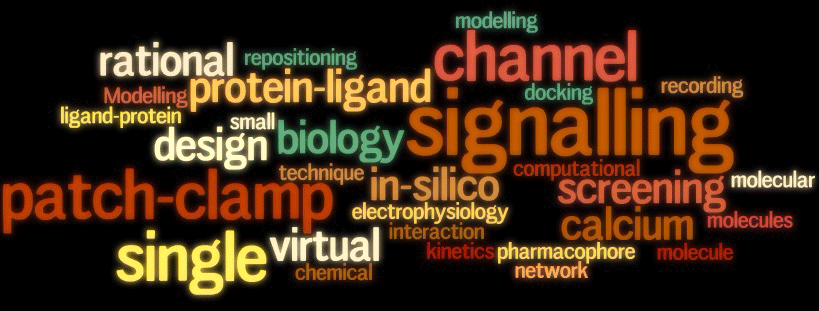
![]()
As a lab, we have diverse research interests and may even be perceived as a bit thinly spread. But this is how we are. One major area of our research is to study the structure, function and regulatory aspects of several members of the ion channel superfamily. The latter notably include those that are activated by intracellular messengers like IP3 (the IP3 receptors) and NAADP (the Two Pore Domain Calcium Channels or TPCs) as well as by depletion of the internal calcium stores (the CRAC channels). In recent time, we have also extended our interest to voltage-gated sodium channels (Nav) as well as TRPM8. We endeavour to find out the precise mechanism of how these ion channels work as allosteric machines, how they recognise their cognate activating stimulus, how they integrate various input signals, how their functions are fine tuned or tweaked by various physiological factors (i.e. signalling pathways) and last but not the least, why they behave abnormally in some diseases (channelopathies). To address these, we employ a range of wet (calcium imaging, electrophysiology, biochemical and biophysical assays) and dry (molecular dynamics simulations) techniques.
We often indulge in foraging new chemical scaffolds from the drug/lead-like chemical space comprising both synthetic and naturally-ocurring molecules which could modulate these ion channels. This is primarily driven by our experience that new chemistry often begets new pharmacology and novel scaffolds, if active, can effectively (and reversibly) unmask exciting and often unexpected features about the modus operandi of these ion channels (or any other signalling protien, to be honest). But some of these channels are also valid therapeutic targets, so there is additional benefit in exploring new modulators of their function from translational point of view. We primarily use various in silico (cheminformatics and structural bioinformatics, MD simulations) approaches to identify potential small molecules of scaffold diversity, which are then subjected to validation using suitable wet experiments. We are often inspired by themes like rational drug design, polypharmacology and drug repurposing. We are also expanding into the realm of rational designing of peptidomimetics.
Besides struture, function and pharmacology of the abovementioned ion channels, we are also collaborating (we love to collaborate!) with various colleagues where our main role is to help finding novel chemical scaffolds against some protein targets (notably few GPCRs, enzymes and transcription factors) implicated in microbial infections, cancer, pain and diabetes.
